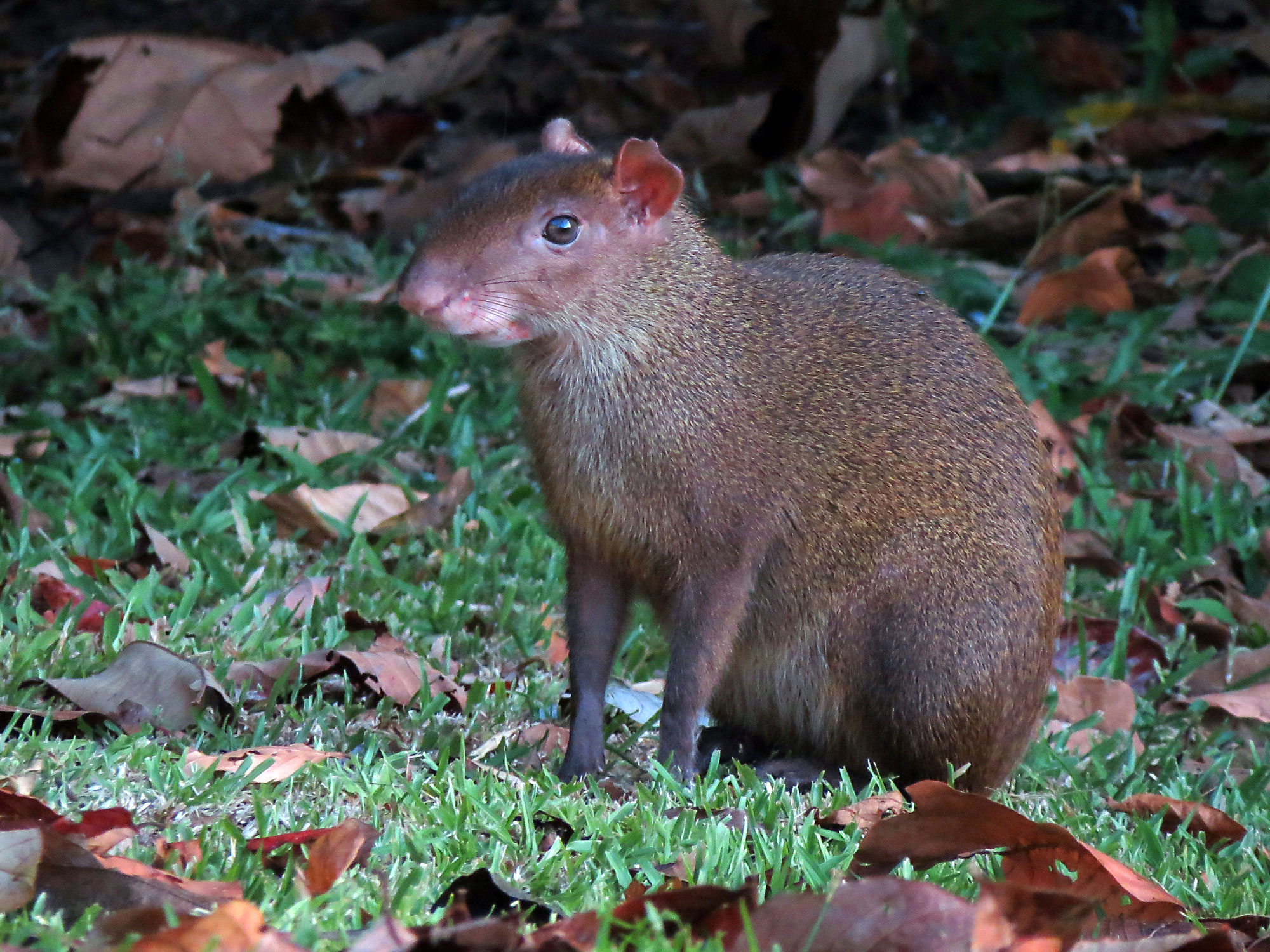Image courtesy of Katja Schulz, Flickr.
In recent years, conservation and governmental organizations worldwide have devised new strategies for forest restoration, focusing on a variety of static metrics, including water flow and tree species composition. Yet existing research often misses a crucial, dynamic facet of these ecosystems that could be key to accelerating restoration efforts: seed dispersal by animals.
A Yale-led team of researchers examining this process in the Barro Colorado Nature Monument in Panama has found that seed dispersal, particularly by large flightless animals, can greatly accelerate forest restoration efforts.
Two factors made the Barro Colorado Nature Monument an ideal location for showcasing the beneficial effects of seed dispersal by animals—proximity to old growth forests and a ban on hunting since the 1970s, leading to a high population of large mammals. Additionally, since the Barro Colorado Nature Monument has been studied for over one hundred years, the researchers had a wealth of data about animal interactions in the area.
“The areas we studied were next to large tracts of old growth forests with many dispersers, such as small birds, large birds, bats, and large flightless mammals,” said Sergio Estrada-Villegas, a lead author of the study. “This abundant community of animals was able to slowly go into these areas that were undergoing succession and regeneration and bring those seeds back into these areas.”
In the future, the scientists will expand their dataset in order to compare Barro Colorado with other sites and further test their hypothesis. Through these studies, they will examine the role of these animal architects in other sites in the neotropics.

